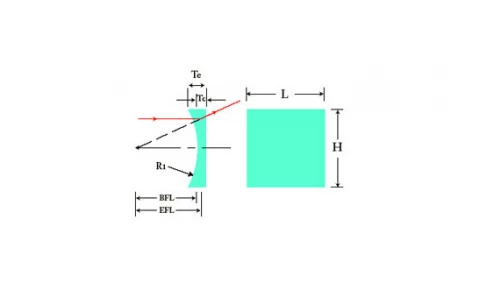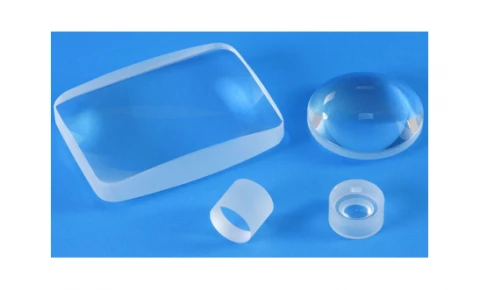Description
At Tower Optical Corporation, we understand that quality is not just a feature—it's a necessity. Our cylindrical lenses are crafted with precision and care, ensuring that each piece meets the highest standards of optical performance. Whether you're working on a complex optical system or a simple application, our lenses provide the reliability and accuracy you need. Our cylindrical lenses are available in both plano-convex and plano-concave configurations, each designed to meet specific optical requirements.
Made from high-quality BK7 material or its equivalent, these lenses are engineered to deliver exceptional clarity and durability. With a design wavelength of 587.6nm, our lenses are optimized for a wide range of applications, ensuring versatility and adaptability in various optical setups. Each lens is manufactured with meticulous attention to detail, featuring dimensional tolerances of ±0.2mm and focal length tolerances of ±2%. The centering tolerance ranges from 5 to 15 arc minutes, ensuring precise alignment in your optical system.
With a clear aperture of 90% and a surface quality of 60-40 S/D, our lenses provide superior performance without compromise. Whether you need a standard size or a custom solution, Tower Optical Corporation is committed to delivering products that exceed your expectations.
Cylindrical Lens - CYV16-040-500
Specifications
| Lens Type: | Negative |
|---|---|
| Material: | BK7 |
| Size: | 40 mm |
| Focal Length: | -500 mm |
| Design Wavelength: | 587.6nm |
| Dimensional Tolerance: | ±0.2mm |
| Focal Length Tolerance: | ±2% |
| Centering Tolerance: | 5~15 arc min |
| Clear Aperture: | 90% |
| Surface Quality: | 60-40 S/D |
| Bevel: | 0.2mm x 45° |
Features
- High-Quality Material: Made from BK7 or equivalent, ensuring durability and precision.
- Design Wavelength: Optimized for 587.6nm, providing excellent performance in specified applications.
- Dimensional Tolerance: ±0.2mm, ensuring precise measurements and fit.
- Focal Length Tolerance: ±2%, offering reliable and consistent focal lengths.
- Centering Tolerance: 5~15 arc min, ensuring optimal alignment and performance.
- Clear Aperture: 90%, maximizing the usable area of the lens.
- Surface Quality: 60-40 S/D, providing a smooth and clear optical surface.
- Bevel: 0.2mm x 45°, enhancing safety and ease of handling.
- Coating: None, allowing for custom coating options based on specific needs.
- Custom Options Available: We offer custom versions of all products. Send us your drawings or specifications for a quotation.
Applications
- Optical Systems: Cylindrical lenses are used in various optical systems to focus light into a line or to change the aspect ratio of an image.
- Laser Applications: These lenses are commonly used in laser scanning systems, laser diode systems, and laser projection systems to shape and manipulate laser beams.
- Imaging Systems: They are used in imaging systems to correct astigmatism and to focus light onto linear detectors or CCD arrays.
- Scientific Research: Cylindrical lenses are utilized in scientific experiments and research for beam shaping and focusing applications.
- Medical Devices: In medical imaging and laser treatment devices, cylindrical lenses help in focusing and directing laser beams accurately.
- Industrial Applications: Used in industrial laser systems for cutting, welding, and material processing to focus laser beams into lines or specific shapes.
- Telecommunications: Employed in fiber optic systems to couple light into fibers or to collimate light from fiber outputs.
- Projection Systems: Used in projectors to correct image distortion and to focus light uniformly across the screen.
Frequently Asked Questions
What is the material used for the cylindrical lens from Tower Optical?
What is the surface quality of the cylindrical lens?
What is the dimensional tolerance of the cylindrical lens?
Does the cylindrical lens come with a coating?
Can Tower Optical make custom versions of the cylindrical lens?
Similar Products
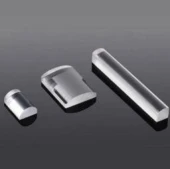
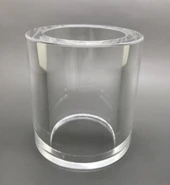
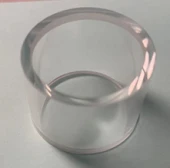
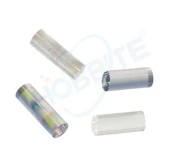




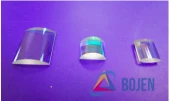
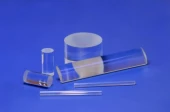
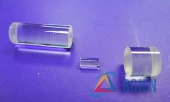
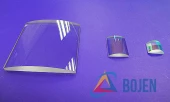
Your inquiry has been received.
Create an account by adding a password
Why create an account?
- Auto-complete inquiry forms
- View and manage all your past messages
- Save products to your favorites
- Close your account anytime — no hassle
